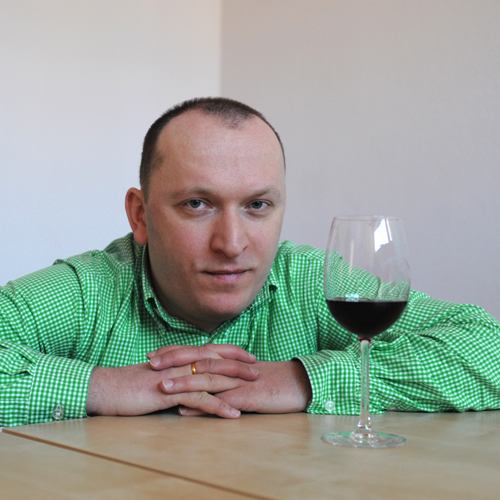
This is the second (2013) edition of the Georgian Wine Guide.
Georgian wine culture has changed a lot since the publication of the first edition last year. Many important steps have been taken towards self-identification, and our wine-makers have realized that the traditional methods of wine-making in qvevri which were developed over thousands of years count among the country’s most important values. It is this wine which must become the image of wine in Georgia. Last year’s Guide featured only 21 traditional wines, but their number has increased significantly this year and they now have pride of place in our Guide.
One could also say that we are currently experiencing a revival of Georgian qvevri wines. If, two or three years ago, only a handful of traditional Kakhetian wines existed on the market, nowadays people can choose qvevri wine from almost every region of Georgia. 2012 was a very important year in this respect: several amateur or experienced wine-makers decided to begin to work with qvevri, and next year’s Guide will hopefully include the results of their work.
The number of quality rosé wines in Georgia has also increased quite significantly. This variety of wine re-emerged on the Georgian market several years ago, and this year’s Guide includes up to ten rosé wines. This wine has become fashionable, and every Georgian wine-maker now feels obliged to make pink wine—either from Saperavi or Tavkveri grapes, or from foreign varieties such as Cabernet or Muscat. The expression “a new broom sweeps clean” could be used for rosé wine, and I hope that the quality and diversity of these wines will be improved over time.
Unfortunately, the same cannot be said of Georgian sparkling wines; nothing new has emerged in this sector for the past two years, and the market still consists of old products. Classic (so-called “European-style”) white wines have also not done particularly well, but the country’s many red dry wines are in excellent shape and red semi-sweet wines have made Georgia famous. Appellation-controlled wines have also been particularly successful, and I imagine Georgia has never in its history produced as many high-quality Kindzmarauli and Khvanchkara wines as it does now. Georgian wine-makers must somehow have felt that 2013 would be the year the Russian market would reopen and the year they would be able to confidently send their semi-sweet wines made from the best vintages of 2011 to be sold on the Russian market.
The reopening of the Russian market is a different story, however. The matter might be resolved quite soon, enabling Georgian wines to finally return to Russia after an interlude of seven years. This would be a very important development, of course, but also a risky one, for Georgian wine will have to safeguard its newly-acquired prestige and status when returning to the Russian market and finally shake itself free from its post-Soviet image.
This edition of the Wine Guide has several new chapters. A large chapter has been devoted to wine tourism, including a list of every “oeno-touristic” destination in Georgia, a detailed wine map, reviews of this year’s harvest and other interesting information. Traditionally, the core of the Guide consists of the tasting notes, and with a few exceptions all the notes have been updated since last year. Readers will find wines in this Guide which are distinguished by their style or which show their terroir. More precisely, readers will find every kind of wine in this book—including wines which have a clear human impact as well as others which are true to their birthplace and origins.
I wish to end this introduction with a personal interpretation of the saying of the great Greek philosopher Heraclitus which I also included in last year’s Guide, ‘no man ever steps in the same river twice’—which I would paraphrase as no man ever steps into the same wine twice! This, I believe, is especially true of Georgian wine, for over the past few years Georgian wine has developed a lot and has become aware of its own existence. Remember every second you spend with Georgian wine, as the most important years are those of self-formation and self-identification. Never forget that you are witnessing the revival of an ancient wine culture. As strange as it may sound, the ancient and archaic nature of this culture can be synonymous with novelty and innovation in our modern world.
Malkhaz Kharbedia
President of the Georgian Wine Club






